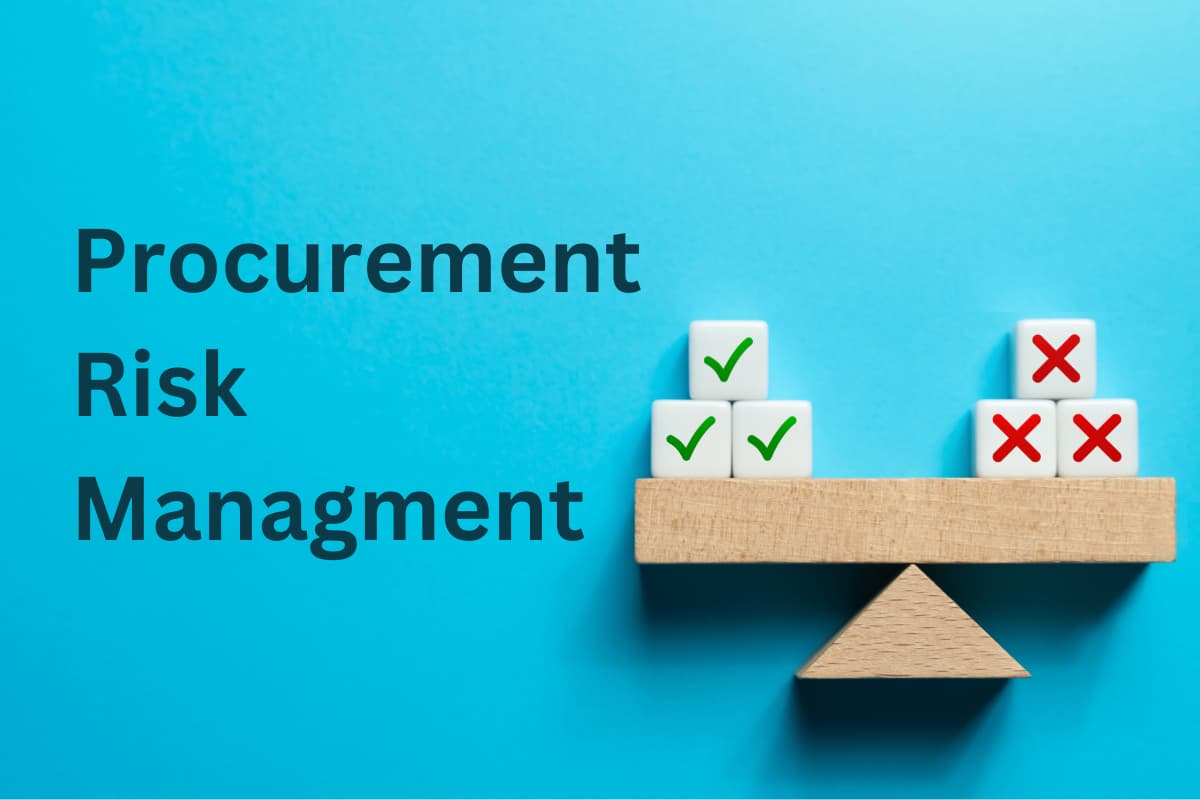A clean procurement process keeps spending transparent, reduces risk, and helps teams buy the right things at the right time. When procurement is messy, costs creep up, approvals drag, and supplier relationships suffer.
This step by step guide shows how to build a procurement flow that is simple, auditable, and easy for everyone to follow. Each step is practical and works for small companies as well as large projects.
Define the need and set clear requirements

Every clean procurement starts with a well defined need, not with a vendor shortlist. The requester should describe what problem must be solved, what outcomes are expected, and what success looks like.
Next, translate that need into clear specifications such as scope, quantities, technical standards, delivery deadlines, service levels, and budget limits. This is also where learn more about contract management fits naturally, because solid requirements become the base of a contract that protects both sides.
Involve the right stakeholders early, especially users, finance, legal, and technical owners. Early alignment prevents late changes that force rushed buying or weaken negotiation power.
Finally, confirm the procurement method you will use. Low value routine buys may follow a simplified path, while strategic purchases require formal tendering and deeper evaluation.
Run a fair supplier selection and evaluation

Once requirements are fixed, research the market and build a supplier list that is broad enough to create competition. Avoid choosing based only on familiarity, because that often hides better value or innovation elsewhere.
Issue the same request for proposal to all shortlisted suppliers. A consistent template makes bids comparable and keeps evaluation fair.
Set evaluation criteria before opening offers. Typical criteria include price, total cost of ownership, quality, delivery reliability, capability, references, sustainability, and risk profile.
Use a scoring matrix and document why each score was given. This creates an audit trail and protects the team if decisions are questioned later.
Shortlist the best offers and run clarification meetings. These sessions should focus on gaps, assumptions, and improvement options, not on informal promises.
When you select the final supplier, communicate the decision clearly to both winners and non winners. Good feedback supports long term market relationships and makes future tenders stronger.
Finalize the contract and control delivery

After selection, convert the winning offer into a contract that matches your requirements and evaluation notes. Confirm scope, pricing structure, payment terms, warranties, liabilities, change control, and exit conditions.
Make sure responsibilities are crystal clear across both parties. If the contract is vague, delivery issues will turn into disputes instead of quick fixes.
Before work starts, hold a kickoff to align on timeline, reporting, points of contact, and escalation paths. This prevents misunderstandings during busy phases.
During delivery, track performance against agreed service levels and milestones. Use simple tools such as checklists, progress calls, and acceptance records to verify what you receive.
Log any deviations right away and apply the change control process. A clean procurement stays clean only if changes are documented and approved, not handled casually by email or hallway conversations.
Close out the purchase formally once goods or services are accepted. Capture lessons learned and supplier performance notes to improve the next cycle.
Conclusion
A clean procurement process is built on clarity, fairness, and disciplined follow through. Define needs precisely, evaluate suppliers transparently, and lock results into a strong contract with active delivery control.
When these steps become routine, procurement stops being stressful and starts adding measurable value to every project and budget.







